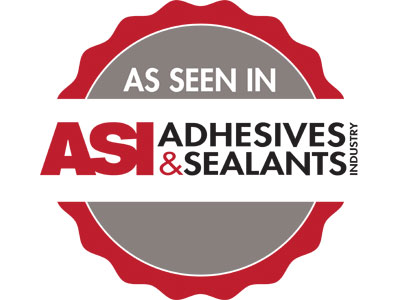Clients that focus on providing a superior customer experience along with achieving optimal bottom-line results will perform better than competitors.
As companies are searching for ways to successfully navigate these turbulent times, the best ones are achieving a win-win focus on the customer and costs. Since the pandemic, there has been a heightened awareness of the customer experience as companies struggled with supply chain disruptions, delays, shortages, and the lack of resources. Similarly, as inflation has continued to be a drag on profits, companies are focusing additional efforts on cost reduction and margin improvement programs. Best yet, finding win-win solutions that improve the customer experience and cost will achieve substantial business results.
According to Zendesk CX Trends 2023 report, more than 50% of consumers will switch to a competitor after only one bad experience. This trend is not limited to consumers, as Zippia confirms with the finding that companies focusing on the customer experience increase their revenues by 80%. These are powerful statistics and demand attention. Clients that focus on providing a superior customer experience perform better than the rest.
Improving the customer experience without also improving the cost and margins will not support profitable growth. Thus, forward-thinking clients ensure cross-functional teams continually search for cost-reduction opportunities, experiment with new ways of doing business, and trial strategies to take performance to a new level. Continuous improvement alone will no longer cut it. The best companies focus on continuous iterative improvement as well as what can be seen as radical change.
Pertinent Examples
A healthcare products manufacturer wanted to grow sales after a prolonged period of product stability without an upgrade. In addition, key raw material costs increased significantly due to rising input costs derived from oil and natural gas. However, the company was owned by a private equity firm that wanted aggressive growth and a rapid increase in profitability, and they expected price increases to be offset as well as cost reductions to occur while increasing service levels. These conflicting goals could only be resolved with a cross-functional innovation team.
The leadership team empowered a cross-functional team including R&D, Packaging Engineering, Operations, Supply Chain, and Logistics. The primary focus was on redesigning the product so that it would provide improved performance for the customer while using less materials, optimizing packaging, and improving operational costs. The team involved both customers and suppliers in a collaborative design effort to find opportunities to redesign materials to work better yet reduce usage and scrap, optimize how the product ran on the production lines, and minimize warehousing and shipping costs with compressed packaging optimized for storage and transportation. The team launched an upgraded product line that spurred a 30% increase in sales while reducing costs by 20% in addition to offsetting key input price increases.
Additionally, the manufacturer implemented a demand planning and vendor managed inventory (VMI) program for its number-one customer. By looking into its customer’s demand data and inventory position at its distribution centers across the United States, the company was able to optimize its replenishment plans and reallocate products in a way that maximized customer service levels and reduced lead times while minimizing inventory levels internally and at its customer. In addition, the company was able to plan, which enabled it to optimize truckloads, utilize ideal routes, and maximize the volume of product per truckload, thereby saving 20% in freight costs. Most importantly, it soared to the top category on its customer’s scorecard.
Another medical device manufacturer followed the same path by working closely with its key customer to optimize product designs to provide innovative customer solutions while making the product less expensive to manufacture. It also invested significantly upfront in upgrading to ISO 13485 to ensure compliance and customer satisfaction while expanding the value internally across the entire shop (medical and non-medical) to standardize and promote efficiencies throughout the product flow. The company expanded business with its key customers and improved efficiencies with standard processes and automation wherever possible. Additionally, it assessed customer and product profitability and reviewed operational improvement ideas to reduce scrap rates and improve efficiencies.
Forward-thinking companies think strategically about creating a win-win of enhanced customer value and bottom-line results. Clients that focus on the customer and develop innovative and collaborative solutions tend to also outperform their competition in profitability and performance. During times of volatility, the companies focused on customers and cost will rise above the noise.
Originally published in Adhesives & Sealants Industry, December 2023
Did you like this article? Continue reading on this topic:
Proactive Backlog Management to Dramatically Improve Service



